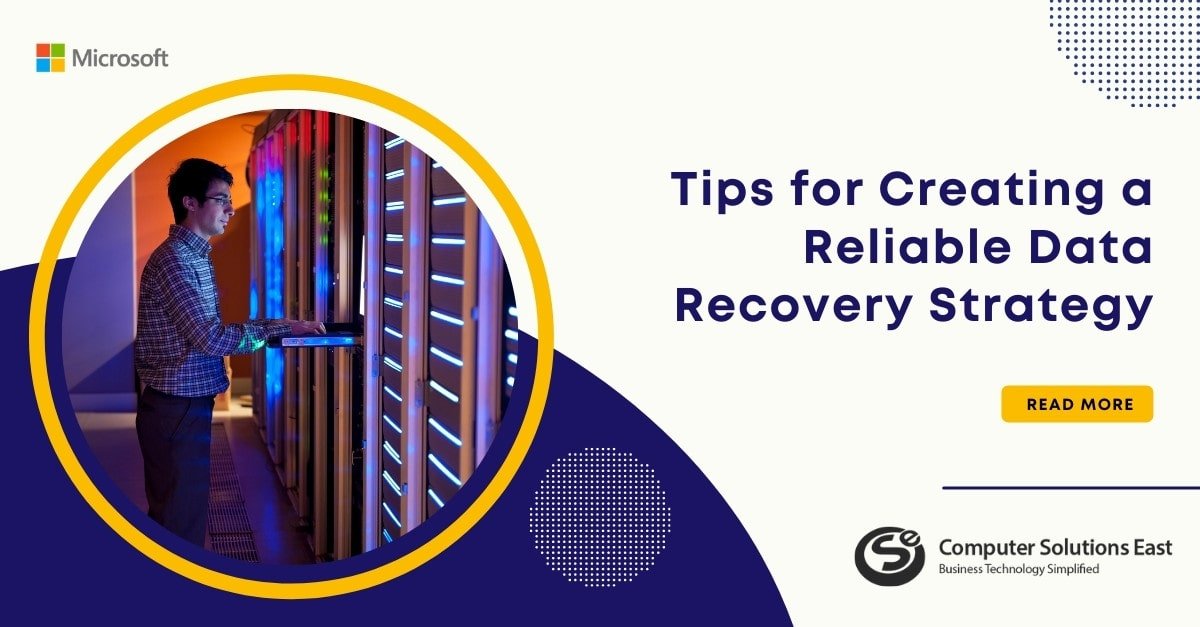Integrating DevOps with IT Governance for Comprehensive Business Results
Every business that delves into the cloud eventually enters the murky area of governance. IT governance involves a variety of functions and knowledge and, in and of itself, requires considerable ability to strike a balance between needs and productivity. With the advent of cloud technologies, companies may anticipate an increase in knobs and dials that, when done incorrectly, create a complicated attack surface.
A typical managed DevOps services team or function assists the business in focusing on risk management, balancing compliance frameworks, maintaining an ever-growing list of regulations and controls, and understanding that there is no one-size-fits-all approach to IT governance. Password management, data classification standards, PCI controls, and an awareness of business requirements to achieve performance are just a few examples. Likewise, compliance management might entail a dizzying array of elements to review. Because no single team can handle everything, fostering a managed DevOps services-driven environment is critical for utilizing and assimilating new technologies at an ever-increasing rate.

Resources restrict, create policies, tag, report, and visibility around consumption are all aspects of cloud governance. Most responsibilities for cloud environments are critical for them to perform smoothly and safely using azure DevOps managed services or similar other platforms. We believe in the “proper implementation” of apps and systems since no one wants to be surprised by an unexpected expense or security breach. The consequences of a single misstep could result in information disclosure, holes in your security that allow adversaries inside your company, or missing text categorization where business units might disagree about what’s proper.
We’ll illustrate how language overload poses a threat by referring to “governance.” When a customer answers, “Yes, we are conducting cloud governance,” it is impossible to know if they understand the concept of governance. An ambiguous remark like this is doing us no favors as managed DevOps services providers. Governance is what we mean when we say “applying policy guardrails,” but there’s so much more to governance than that. The trap we find ourselves in is creating uncertainty when we think about what “governance” implies.
Audit vs. Applied Security
IT governance strategies for cloud governance can take two forms: enabling IT governance to focus on checking that security measures are in place or being the ones who implement security. Organizations use managed DevOps services as a combination, although it is seldom a deliberate choice. Rather than that, this occurs organically with managed DevOps as they do themself no favors by failing to be thoughtful in their route.
If IT governance is primarily concerned with audits, the following fundamental objectives apply:
- Continuous attestation: Software, methods, and education allow an accurate record of activities, settings, and sign-off that IT governance regulations are being followed.
- Have we added any new pipelines or require managed DevOps services that IT governance mandated controls have been enacted?
- Are we able to evaluate the entirety of our IT footprint to identify any systems that may require a brief review?
- Catalogs of authorized facilities and services: Create collections of pre-approved purposes, configurations, or services, allowing for easy and rapid access to pre-approved structures.
Remember, managed DevOps services emphasize experimentation and agility: The more you can add to or improve the catalog of available items, the more likely desirable actions will be incentivized.
- Are we noticing exceptions that require additions to the library of accessible default settings or profiles?
- Is it possible to quantify how frequently we repurpose current catalogs of available basic policies?
- Can we document changes in our permissible use of documented items?
If IT governance is focused more on applying controls, then there are a few key goals:
- Choose tooling that is acceptable for the modern world: You may require new tooling. There is no shortage of software applications with managed DevOps services, and they have always been prohibitively expensive. If you have legacy tooling, consider jettisoning non-API-driven tools so you can work on integrating them with code.
You can assess your capability by asking the following questions:
- Can our security tools scale in conjunction with cloud computing?
- Are we still using pre-cloud security tools and hence failing to adapt?
- Can our tools be delegated for direct use by developers and operational activities?
- Be clear about the tooling’s application to control management: Users and consumers of products perform best when no tribal knowledge exists, and coworkers must grasp the impact of tool use and misuse on the business. Integration of managed DevOps services tools and controls can be swiftly undone if the person with knowledge of tooling is scarce or difficult to work with.
Among the questions you might use to assess your capability are the following:
- Do you have any reference architectures or examples of Azure DevOps migration services?
- If you poll your teams, do they understand the purpose of the tools?
Enable, Share, and Eliminate Silos
Compliance is about the reasonable translation of efforts; in other words, it is everyone’s job. No one will track and remember every criterion, much less all the different controls. Like managed DevOps services, enabling others to carry out the whole mission,” we have to put in place the framework that empowers others to assist with the entire task.

Continuous attestation (CAT) is another common IT governance requirement. It is expected that IT governance will review pipelines to validate that all controls are in place, but DevOps will likely be aware of the integrations that are also in place. Because of IT governance, employees leveraging managed DevOps services will have more resources available, allowing them to contribute to the mission. For example, suppose workers can discover reusable patterns or implementation references. In that case, they will be able to take in all the information they need, so they are not simply provided with instructions but also given a chance to view the result.
Seeing the impact confirms the need, establishes context, and enables contextualization of other security controls deployed. Continuous attestation processes make sense because the monitoring points are observable, embedded in structures such as a CICD pipeline. If security tools are integrated at critical control points, the injected tooling can assist with compliance list item management.
IT governance examines data classification, controls, communication range, and cost with each new construct implemented. Additionally, these questions aid in determining whether managed DevOps services can get any better than the existing ones. A healthy DevOps managed services mindset is open to experimentation and has room to expand, all of which contribute to eliminating tribal knowledge. While not everyone will comprehend the full scope of controls, you establish a dispersed culture, permitting it to be both powerful and time-saving.


